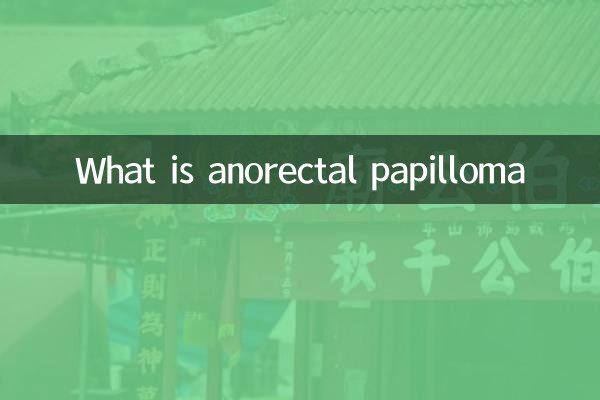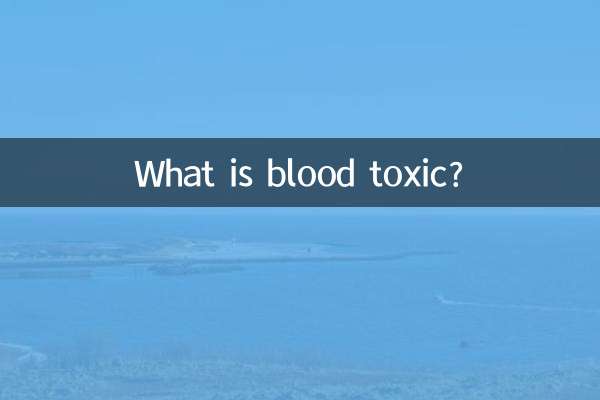What is anorectal papilloma
Recently, anorectal health issues have become one of the hot topics on the Internet, especially the discussions on anorectal papilloma have increased significantly. This article will combine the hot topics of the entire network over the past 10 days to introduce in detail the definition, symptoms, causes, diagnosis and treatment methods of anorectal papilloma, and attach structured data so that readers can quickly understand the core information.
1. Definition of anorectal papilloma

Anal Papilloma is a benign tumor that occurs at the anal canal or the end of the rectum, mainly caused by human papillomavirus (HPV) infection. Although it is a benign lesion, if not treated in time, discomfort or secondary infection may occur.
2. Main symptoms
| symptom | describe |
|---|---|
| Anal foreign body sensation | Patients often feel a tumor protruding in the anus |
| Discomfort in bowel movements | Pain or bleeding during bowel movements |
| Itching or secretion | Itching or mucus oozing around the anus |
3. Causes and high-risk factors
The main cause of anorectal papilloma is HPV infection, especially the HPV-6 and HPV-11 subtypes. The following are high-risk factors:
| High-risk factors | illustrate |
|---|---|
| Sexual behavior | Multi-sex couple or anal sex behavior |
| Low immunity | If HIV-infected or long-term use of immunosuppressants |
| Poor hygiene habits | Inadequate cleanliness of the anal area |
4. Diagnostic methods
Doctors usually diagnose the disease by:
| Diagnostic method | Specific operations |
|---|---|
| Anal finger examination | Palpate the anus for any tumour |
| Anal Scopic | Use endoscopy to observe lesion morphology |
| Pathological biopsy | Sampling for laboratory analysis |
V. Treatment plan
According to the severity of the disease, the treatment methods are divided into the following types:
| Treatment method | Applicable |
|---|---|
| Drug application | Suitable for early stage small papilloma |
| Surgical resection | Larger or recurrent papilloma |
| Laser or freezer | Minimally invasive treatment, faster recovery |
VI. Preventive measures
The key to preventing anorectal papilloma is to avoid HPV infection and maintain good living habits:
1. Get HPV vaccine (such as nine-valent vaccine).
2. Use condoms to reduce the risk of sexual transmission.
3. Pay attention to anal hygiene and avoid excessive friction.
4. Enhance immunity, balance diet and regular routine.
7. Recent hot topics
In the past 10 days, the following related content has sparked widespread discussion on social platforms:
| topic | Popularity index |
|---|---|
| HPV vaccine appointments are difficult | ★★★★☆ |
| Self-examination of anorectal health | ★★★☆☆ |
| Minimally invasive surgery recovery experience | ★★★☆☆ |
Summarize
Although anorectal papilloma is a benign lesion, it may affect the quality of life and pose a risk of infection. By understanding the symptoms, seeking medical treatment in a timely manner and preventing scientifically, the development of the disease can be effectively controlled. It is recommended that high-risk people undergo regular anorectal examinations and early detection and early treatment.

check the details

check the details